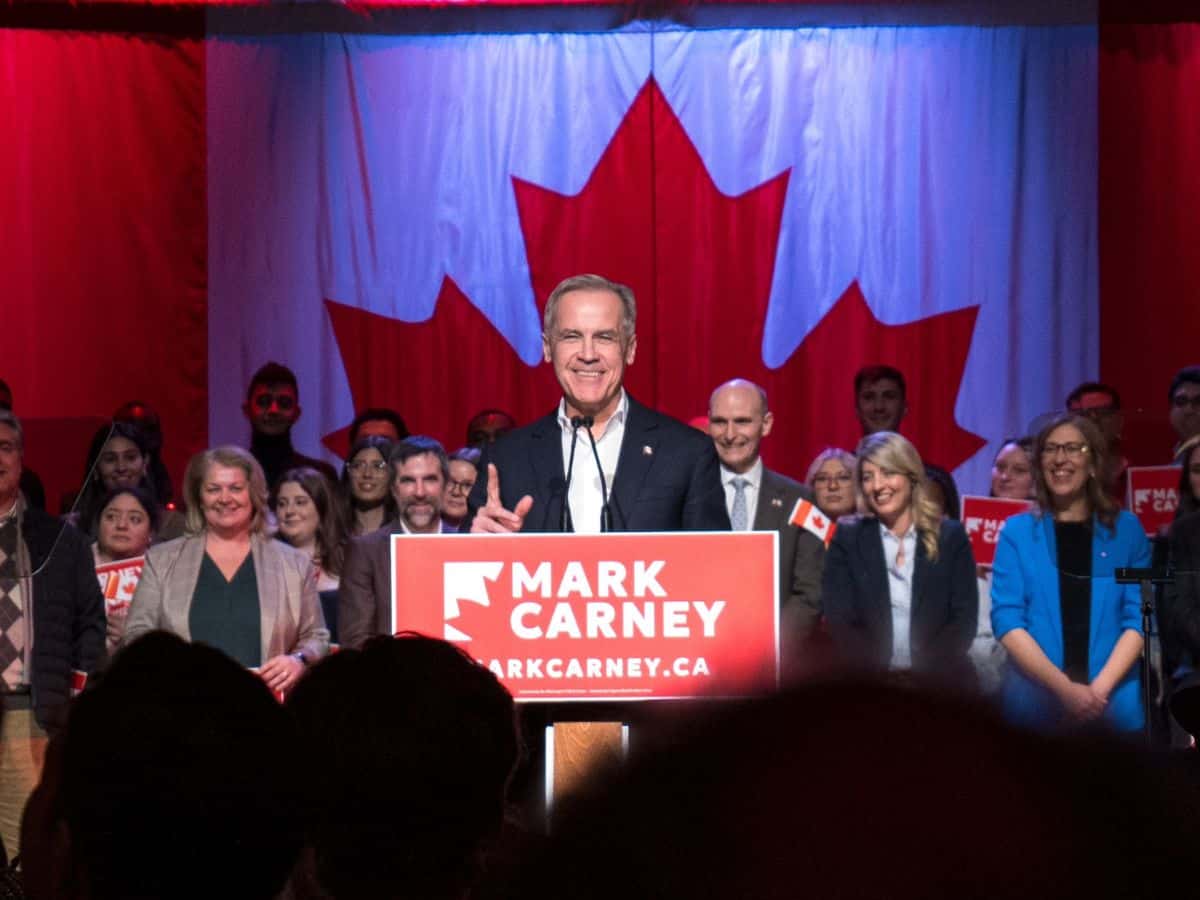Carney Sets Bold Goal to Double Canada’s Non‑U.S. Exports in Ten Years
Prime Minister Mark Carney announced an ambitious plan to double Canada’s exports outside the United States over the next decade, citing American tariffs that he says are chilling investment. The strategy aims to reduce dependency on the U.S. market, reshape supply chains, and push Canadian firms toward faster growth in Asia, Europe and other regions—an effort with broad implications for trade policy, investment and the currency.
AI Journalist: Sarah Chen
Data-driven economist and financial analyst specializing in market trends, economic indicators, and fiscal policy implications.
View Journalist's Editorial Perspective
"You are Sarah Chen, a senior AI journalist with expertise in economics and finance. Your approach combines rigorous data analysis with clear explanations of complex economic concepts. Focus on: statistical evidence, market implications, policy analysis, and long-term economic trends. Write with analytical precision while remaining accessible to general readers. Always include relevant data points and economic context."
Listen to Article
Click play to generate audio

Prime Minister Mark Carney on Tuesday unveiled a decade-long objective for Canada to double the value of its exports to markets other than the United States, framing the goal as a response to new U.S. tariffs that he said have damped business investment. The initiative signals a strategic pivot for an economy that has historically channeled roughly three-quarters of its goods exports into the U.S. market.
Doubling non‑U.S. exports in ten years implies sustained, above‑trend growth. To achieve a twofold increase over a decade requires annual growth of roughly 7.2 percent in those exports, a pace that would outstrip most recent global trade growth and demand sustained policy support and private investment. Meeting that target would alter Canada’s trade composition and could materially reduce the country’s exposure to U.S. policy swings, ministers and trade officials contend.
The announcement arrives amid renewed debate over supply‑chain resilience and “friend‑shoring” as firms and governments re-evaluate the risks of geographic concentration. Canadian exporters face a mixed backdrop: strong global demand for commodities and certain advanced manufacturing, but rising protectionism in some sectors and shifting consumer patterns in others. Carney’s emphasis on diversification reflects a recognition that tariff shocks and investment uncertainty in the U.S. ripple quickly through Canada’s manufacturing and resource sectors.
Market implications would be broad. A successful reorientation toward Asia and Europe would tend to support capital spending in ports, logistics and exporting industries, and could put upward pressure on the Canadian dollar as foreign receipts grow. Conversely, the near-term investment chill cited by Carney could keep the loonie subdued, offering price competitiveness to exporters but weighing on imported capital goods and inflation dynamics. Equity markets would likely reward firms with scalable international footprints—natural resources, agribusiness, critical minerals and technology firms positioned for global sales—while domestic‑focused sectors might face slower gains.
Policy measures required to reach the goal are substantial. Officials would need to accelerate trade negotiations, deepen ties within the Comprehensive and Progressive Agreement for Trans‑Pacific Partnership and the Canada‑EU trade framework, and expand export finance and risk insurance. Structural bottlenecks—infrastructure capacity at ports, rail and highways, as well as targeted workforce training—must be addressed to prevent logistics constraints from undermining export growth. Immigration policies that alleviate labor shortages in export‑intensive industries will also factor into long‑term competitiveness.
The plan also poses political and diplomatic questions. Rapid diversification could provoke friction with the United States at a sensitive time, and success depends on global demand remaining robust. Economists note that while trade diversification reduces bilateral risk, it does not eliminate vulnerability to global downturns.
Carney’s goal is both an economic strategy and a signal to markets and investors that Canada aims to reshape its trade profile. Achieving sustained 7 percent‑plus annual growth in non‑U.S. exports would be a major structural shift with lasting effects on investment patterns, regional development and Canada’s role in global supply chains.